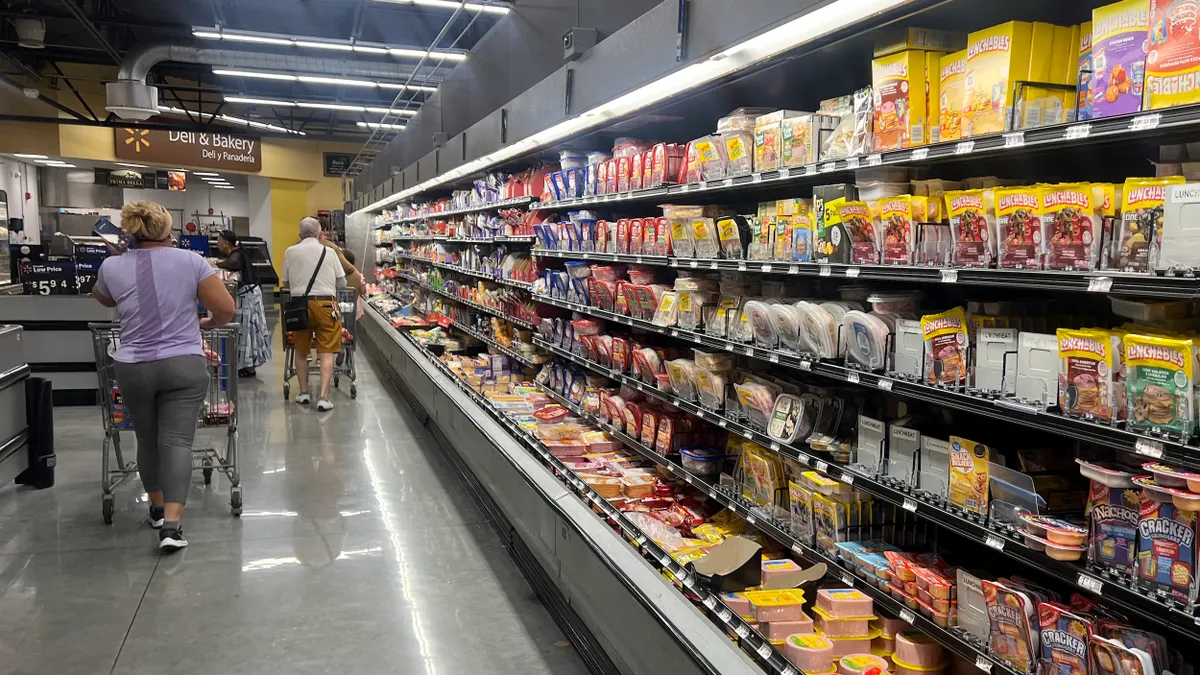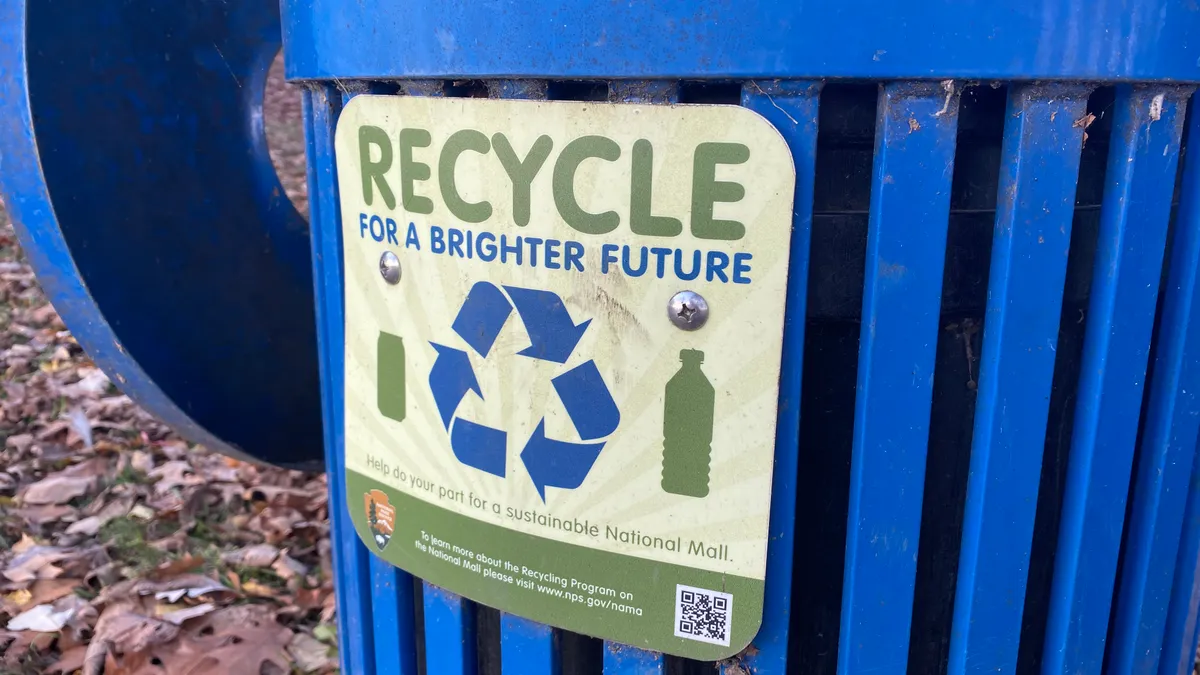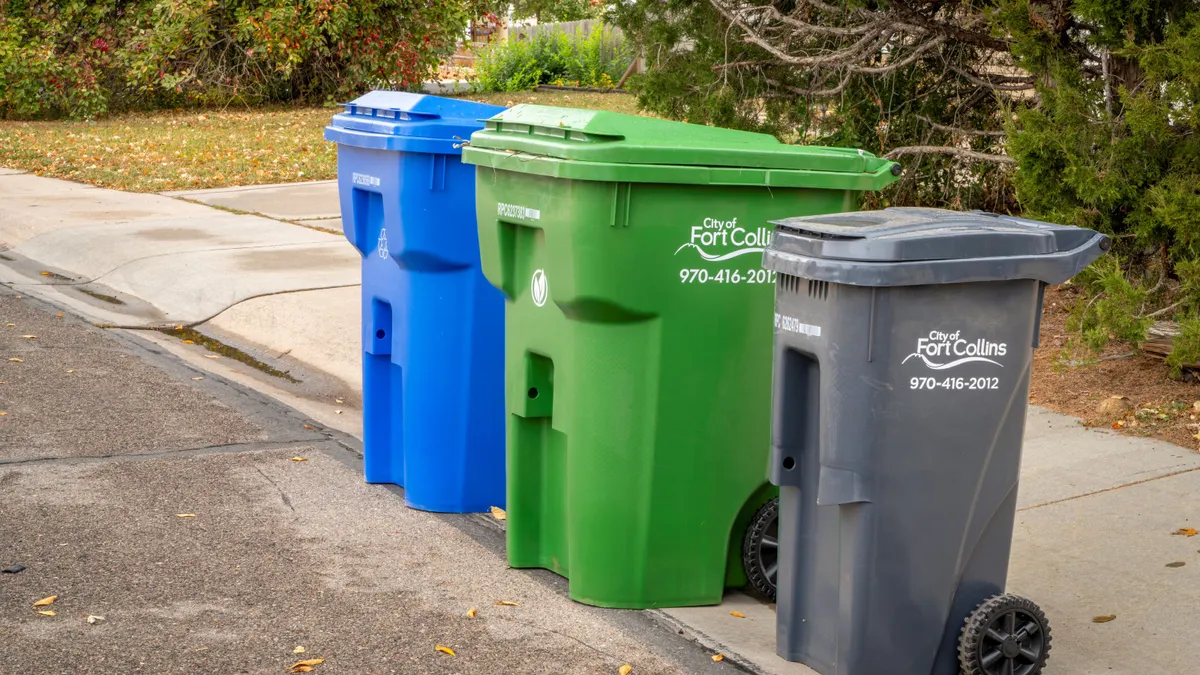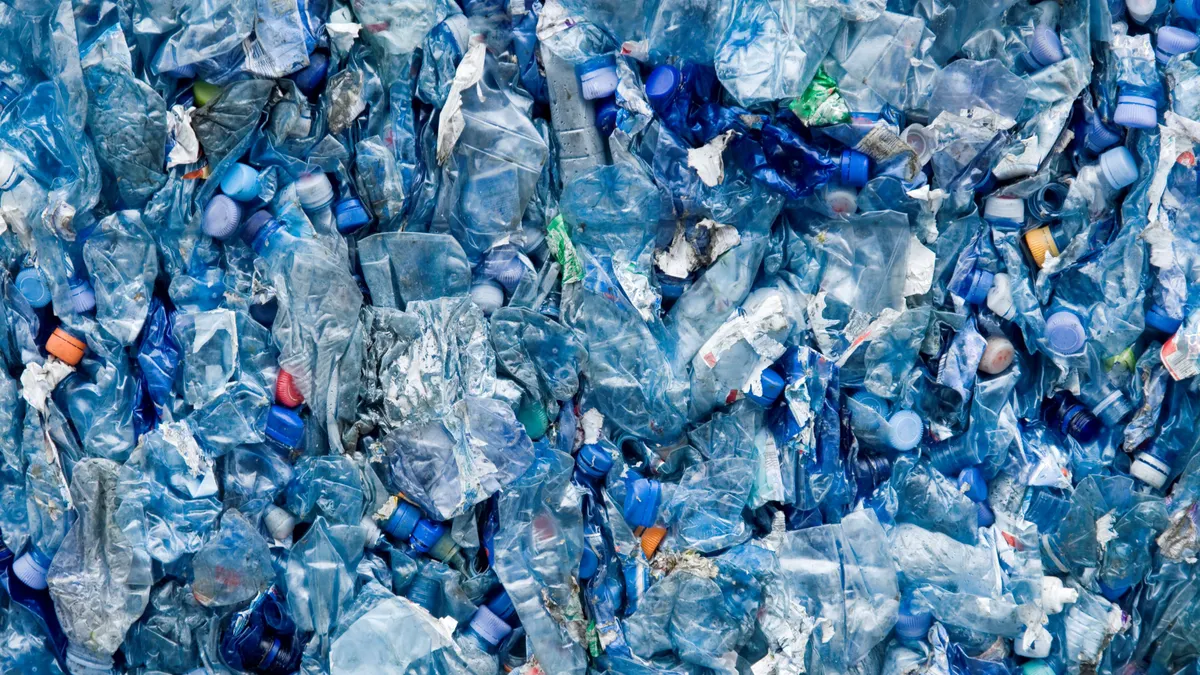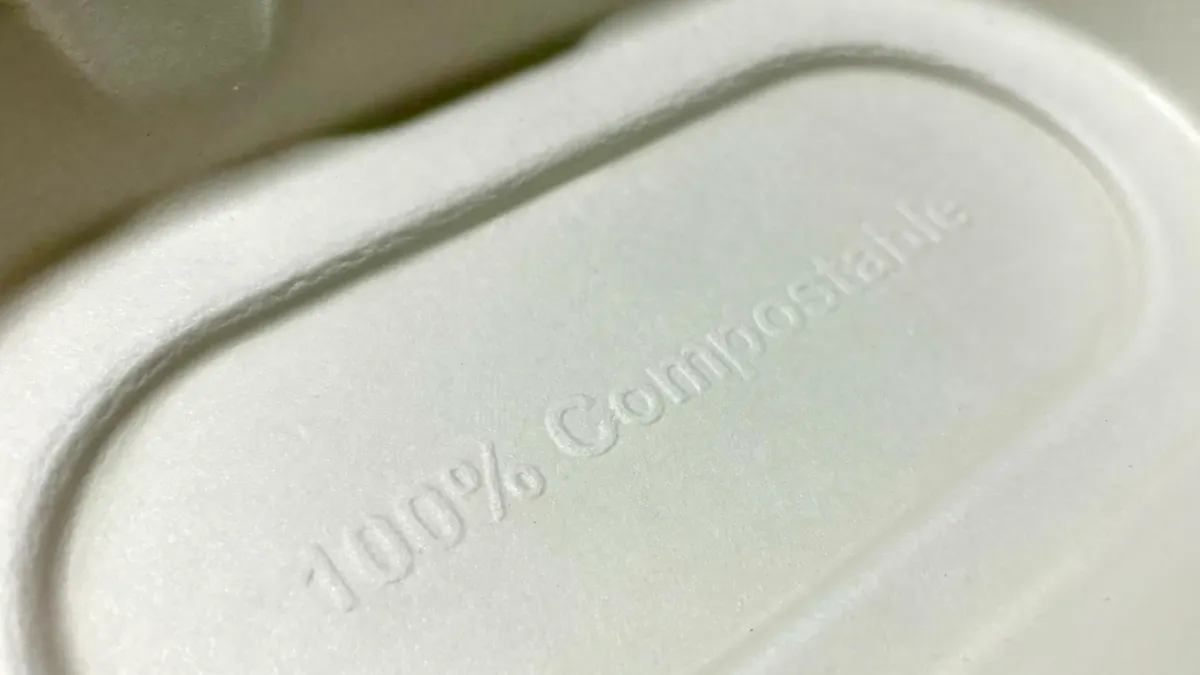Resource Recycling's Plastics Recycling 2016 conference kicked off in New Orleans, LA on Monday, just as the excitement of Mardi Gras flooded the streets. Plastics recyclers, equipment manufacturers, brand owners, and other stakeholders gathered to discuss major issues and developments facing plastics recycling, touching topics from polypropylene recovery to China's influence on the industry.
For a conference covering the upsides and consequences of the niche recycling market, one overarching theme has echoed from hall to hall: plastics recycling, no matter the material or method, is an industry that needs work.
"Recycling is a business. We're all in business. It's not a charity. Recycling is not broken, but there are some business models that are. So I think what we're seeing now is there's a reevaluation of supply chain, how (the waste management sector) views and how they invest in recycling. And we're starting to see that," said Stephanie Baker, director of market development for the KW Plastics Recycling Division.
Here are the highlights of the first two days at #PlasticsRecycling2016 (with more to come as the conference ends on Wednesday):
ACC reports show improvements in rigid and film plastic recycling
Early Tuesday, the American Chemistry Council (ACC) unveiled the 2014 National Postconsumer Non-Bottle Rigid Plastic Recycling Report, announcing that postconsumer rigid plastics recycling — consisting of food containers, lids, caps, clamshells, tubs, cups, and various bulky items — increased by 276 million pounds (27%) in 2014. The report, authored by Moore Recycling Associates, stated that the current volume of postconsumer rigid plastics being recycled now is four times greater than what was reported in 2007.
"The combination of more advanced sorting technologies coupled with expanded consumer access is making a positive difference, and we look forward to seeing growth in rigid plastics recycling continue," said ACC Vice President of Plastics Steve Russell, as reported in Recycling Today.
An increase in film recycling was also announced Tuesday in another Moore Recycling-authored report, 2014 National Postconsumer Plastic Bag and Film Recycling Report. The report found a minimum of 1.17 billion pounds of postconsumer plastic film was recycled in 2014, marking a 3% increase from 2013 and a 79% increase in plastic film recycling since 2005.
Moore Recycling's Nina Bellucci Butler presented graphs of the film recovery report on Tuesday evening, showing the breakdown of recovered film and how it relates to 2013 findings.
UnWRAPping more developments in film recovery
Beyond the Moore Recycling film recovery report, the topic of film recovery — a recycling focus that has grown enormously over the past decade — is making waves in both the public and private recycling sector. In the session, "Film Recovery in Focus," leaders from ACC, City of Vancouver, WA, Plastics Forming Enterprises, and Closed Loop Fund explained the struggles of film recovery and what is being done to ensure consumers are aware of film recycling regulations.
One of the main topics of conversation was the WRAP initiative — or Wrap Recycling Action Program — which is being implemented in cities along the East Coast and Midwest to promote public awareness of film recovery. WRAP works with municipalities to establish film drop-off sites, aiming to keep plastic bags and other types of wrap plastics out of curbside recycling bins.
Shari Jackson of the American Chemistry Council explained, "The unique thing now and one of the focuses on WRAP is that there is an existing infrastructure that's in place that we can leverage and maximize to get as much film as possible recovered out of this existing system, while research is being done and other things are being done and technologies are being developed to hopefully come up with a system that can better capture this film curbside."
Experts prove polypropylene recycling success
The topic of polypropylene earned a session on Tuesday in "Polypropylene's Journey from Bin to Shelf," where experts from QRS, KW Plastics, Technimark, and Procter & Gamble explained the full supply chain life of the polypropylene resin.
"There have been wide and wild swings in the polypropylene market over the last couple of years," said Tom Frantz of Technimark. He listed the establishment of value in the supply chain, product quality, and design for recyclability as key developmental issues for the commodity. However, he goes on to explain that the prior peaks and dips of the polypropylene market are becoming stabilized, and there are key steps recyclers can take to ensure polypropylene is beneficial for their business: match brand owner's objections, believe in a plan, and look for partnerships to secure a supply chain.
"It's proving to be a dependable commodity," said Baker of KW Plastics. "In times right now, where were seeing PET and polyethylene particularly fluctuate — and believe me, we're feeling it just as much as you are ... but polypropylene is what's stabilizing us."
"These are materials I was told 20 years ago that we would never recycle" -Stephanie Baker of KW Plastics at #PRC16 pic.twitter.com/rAGtNaHxGR
— Kristin Musulin (@kristinmusulin) February 2, 2016
Procter & Gamble's presence on stage represented the brand owners' presence in the industry as P&G's Steve Sikra explained that polypropylene is, in fact, a desired resin for brands.
"This is a Q&A session so let me have the opportunity to ask the first question. Do brand owners want recycled polypropylene? I'm also going to give the first answer: Yes," he said.
.@ProcterGamble's sustainability goals for 2020. "We're in it for the long haul. We want your polypropylene PCR." pic.twitter.com/X9o7PAKsVZ
— Kristin Musulin (@kristinmusulin) February 2, 2016
Seeking out new opportunities across the board
In order to stay above water, recyclers of plastics are looking at innovative and smart ways to ensure that the commodities are properly recycled and recovered into new materials on a daily basis. That's why experts from the Institute of Scrap Recycling Industries (ISRI), Sustainable Packaging Coalition, Reclay StewardEdge, The Recycling Partnership, and Mother Parkers joined to discuss an important element of the conference: "The Economic Upsides of Plastics Recycling."
ISRI Chief Economist and Director of Commodities Joe Pickard began the session, explaining that 2015 was possibly the worst year for scrap recycling that ISRI had seen in several decades. He noted problems associated with domestic manufacturing and commodities markets, as well as issues in China, where supply has been increasing domestically as their import demand has been falling.
He continued to explain that it's "not all doom and gloom," as Goldman Sachs predicts global economic growth will accelerate in 2016 to 3.5% from 3.2% growth.
Tom Buwalda of Reclay StewardEdge quickly picked up the morale, showing that there has not been a plateau in U.S. plastic recycling in the past 25 years. "Plastics is one of those materials that is continuing to grow in use," he said, noting the opportunity for new types of plastics recycling — such as the recycling of electronics plastics — has helped boost the industry.
The last two panelists, Keefe Harrison from The Recycling Partnership and Paul Yang from Mother Parkers, explained how an increase in education, operational efficiencies, and product design have all helped improve plastics recycling and can continue to boost the business. Harrison particularly noted the importance of reuse in the industry, explaining that redevelopment of materials is a crucial element of recycling as a whole.
"People ask, 'What is the recycling industry?' We think of it as a thing, but it's not really a thing. It's a loosely connected, highly dependent network that we rely on to get materials back to us," Harrison said. "If (policy makers and the public) are not looking at recycling as a mechanism of developing materials for manufacturing, then they're missing the point. If we're looking at this just currently from an environmental (standpoint), then we're missing what recycling is really doing: developing materials for manufacturing."



